20 Classic Aspects of Parenthood That Only Moms Will Understand

When it comes to emergencies, it’s essential to be prepared for anything that comes your way. While schools often teach basic emergency preparedness, there are many situations that traditional school curriculums don’t cover. In this article, we’ll cover 12 unique emergency situations and survival tips that can help you stay safe.

Encountering a gorilla can be a thrilling experience, but it can also be dangerous if the animal feels threatened or territorial. If you’re ever attacked by a gorilla, it’s important to remember to stay calm and avoid making any sudden movements.
It may be helpful to try to make yourself look smaller and less threatening to the gorilla. You can do this by crouching down and tucking your head into your chest while keeping your eyes on the gorilla. This can help make you appear less intimidating and may decrease the gorilla’s aggression.
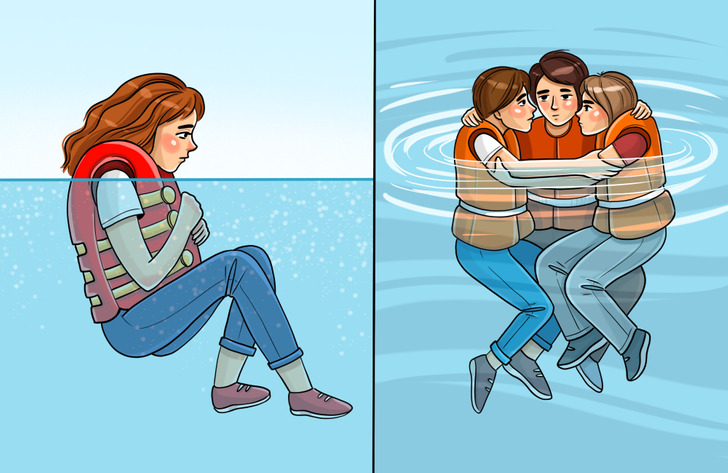
When you’re in cold water, it’s important to use the Heat Escape Lessening Posture (HELP) which can help prevent the loss of body heat and improve your chances of survival. It involves crossing your arms tightly across your chest, tucking your knees, and drawing your legs up to your chest. This position can help reduce heat loss by keeping your limbs and torso close together, which can help conserve your body’s heat.
If you’re with others, huddling together in a group can also help conserve body heat. Remember, hypothermia can set in quickly in cold water, so taking these precautions can be critical to your survival.
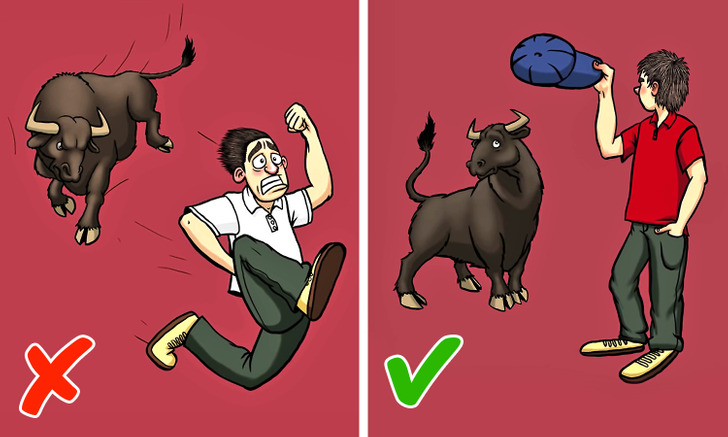
Bulls are naturally aggressive and are attracted to movement. Running away can trigger their instincts to chase and attack. Instead, stand your ground and try to remain as still as possible. If you need to move, do so slowly and calmly.
However, bulls see direct eye contact as a threat, so try to avoid staring directly at them. Instead, keep your eyes on their movements and be aware of your surroundings. And remember, never turn your back on a bull.

Experiencing an earthquake can be a frightening and dangerous situation, but there are steps you can take to stay safe. Drop to the ground, take cover under a sturdy piece of furniture, and hold on until the shaking stops. If you’re unable to find cover, cover your head and neck with your arms and crouch in an inside corner of the room.
If you’re outdoors during an earthquake, move away from buildings, streetlights, and other structures that could fall, and find a clear area away from trees, power lines, and other hazards. If you’re driving, pull over to the side of the road and stay inside the vehicle until the shaking stops.
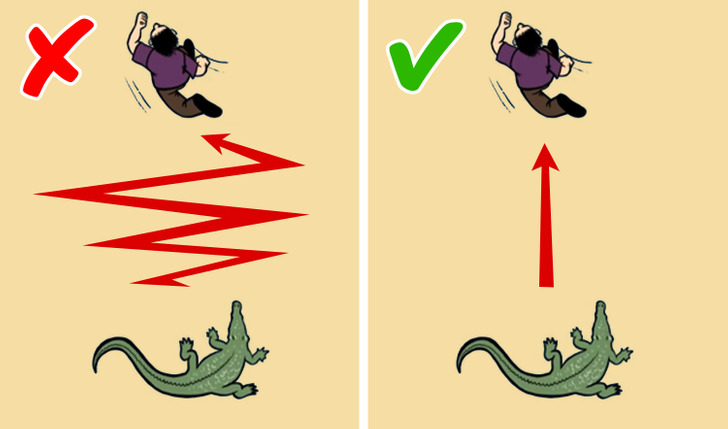
One common myth is that you should run in a zigzag pattern to escape these predators. However, this is not an effective tactic and may actually increase your risk of being caught. Crocodiles are powerful and fast-moving animals, and zigzagging can actually slow you down and make you an easier target.
The best way to escape is to run as fast as you can, in a straight line, away from the animal, and seek shelter in a sturdy building or other safe location. Remember, crocodiles can run up to 5 miles per hour, so it’s essential to act quickly and decisively in order to outrun them.
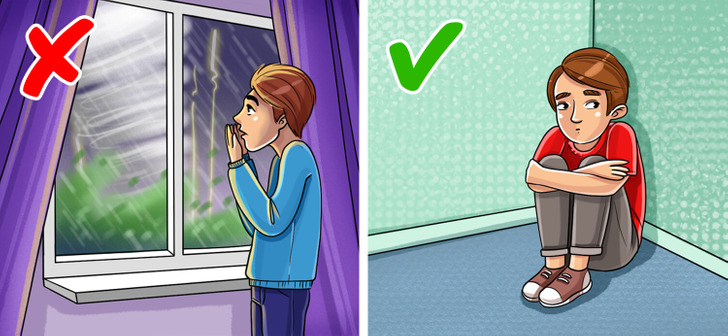
If you find yourself in an area where a tornado is approaching, it’s important to take immediate action to protect yourself and your loved ones. One of the most important things you can do is to stay away from windows and move to a small interior room or closet in the lowest level of the building.
If possible, cover yourself with something sturdy, or a mattress or blankets to help protect against flying debris. If you’re in a mobile home or other lightweight structure, evacuate immediately and seek shelter in a sturdy building or underground shelter.

First, try to find something between you and the animal. If there’s a big tree, a rock, or another solid object, use it for your protection. Elephants have poor eyesight and may lose track of you if you’re hidden from their view.
If you can’t find cover, try slowly backing away while facing the elephant. If the elephant charges, stay calm. They are smart animals, so try to show them that you’re not a threat. If that doesn’t work, try using a loud noise, like a whistle or an air horn, to try to scare it away.

Bears have an excellent sense of smell and are often attracted to food or other scents. By throwing your stuff, you can create a diversion and give yourself time to move away from the bear. However, it’s important to note that this tactic is not foolproof and may not work in all situations.
Another important thing to remember is to never run away from a bear. This can trigger their predatory instincts and increase the likelihood of an attack. Instead, try to remain calm and move away slowly and carefully. If the bear charges, stand your ground and use bear spray if you have it.

Bees are naturally attracted to dark colors, which they may see as a potential threat. This can cause them to become more agitated and more likely to sting. If you’re planning to spend time outdoors in an area with bees, consider wearing light-colored clothing instead. Light colors like white or pastels are less likely to attract bees, and can help you avoid an unwanted encounter.
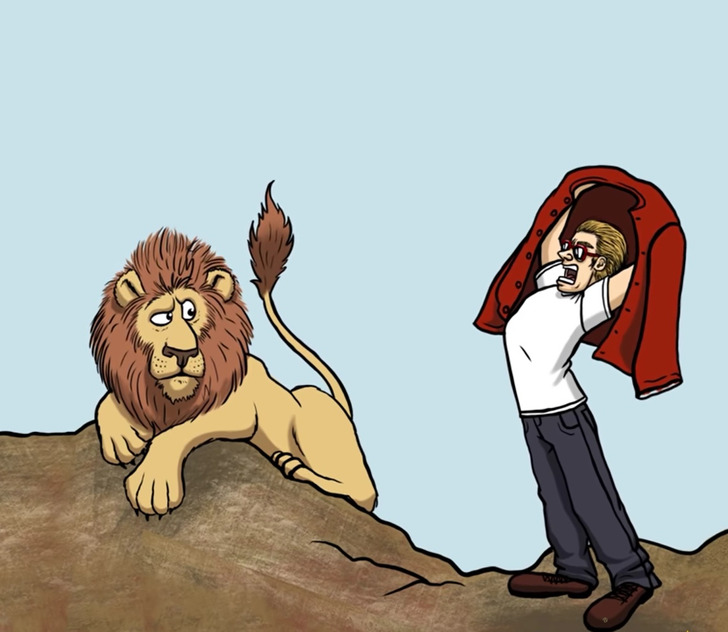
One tactic is to use your clothing to try to make yourself look bigger and more intimidating. If you’re wearing a jacket, hold it out wide with your arms to make yourself look larger. You can also try to make yourself appear taller by standing on your tiptoes or finding a raised surface to stand on. This can help make you seem less vulnerable and less attractive as prey to the lion.
However, it’s important to remember that these tactics may not always work, and it’s still important to follow other survival tips, like staying calm, backing away slowly, and fighting back if necessary. By being aware of your surroundings and taking precautions, you can help reduce your risk of a lion attack and increase your chances of survival.
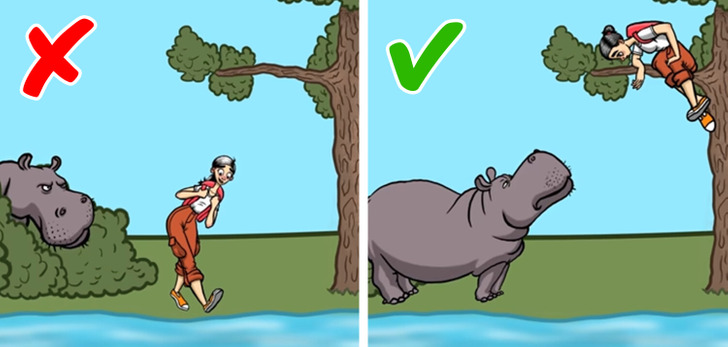
Hippos are very protective of their territory and may become aggressive if they feel their water source is threatened. That’s why you should avoid getting between a hippo and its water source and give them plenty of space to move around.
Hippos are easily provoked and may attack if they feel threatened or taunted. Additionally, they can run as fast as 30 miles per hour, so there’s no point in running away from them. The best scenario is if you can climb a tree nearby and stay there until the hippo leaves.

Sharks are attracted to movement and splashing, so try to move slowly and smoothly. If the shark is nearby, slowly back away while facing the shark. Don’t turn your back or run, as this can trigger the shark’s instinct to attack.
If the shark charges, try to defend yourself by hitting it in the gills or eyes. These are sensitive areas, and hitting them may cause the shark to reconsider attacking you. Additionally, try to find a nearby object to put between you and the shark, like a piece of coral or a rock. This can help protect you from the shark’s teeth.
Finally, while it’s important to know how to survive in emergency situations, it’s equally important to remember to respect nature and wildlife. Many of these situations can be avoided by simply being mindful of our impact on the environment and taking steps to minimize our interactions with wild animals.
Here are a few other articles that can help you, like a life jacket in a critical situation:











